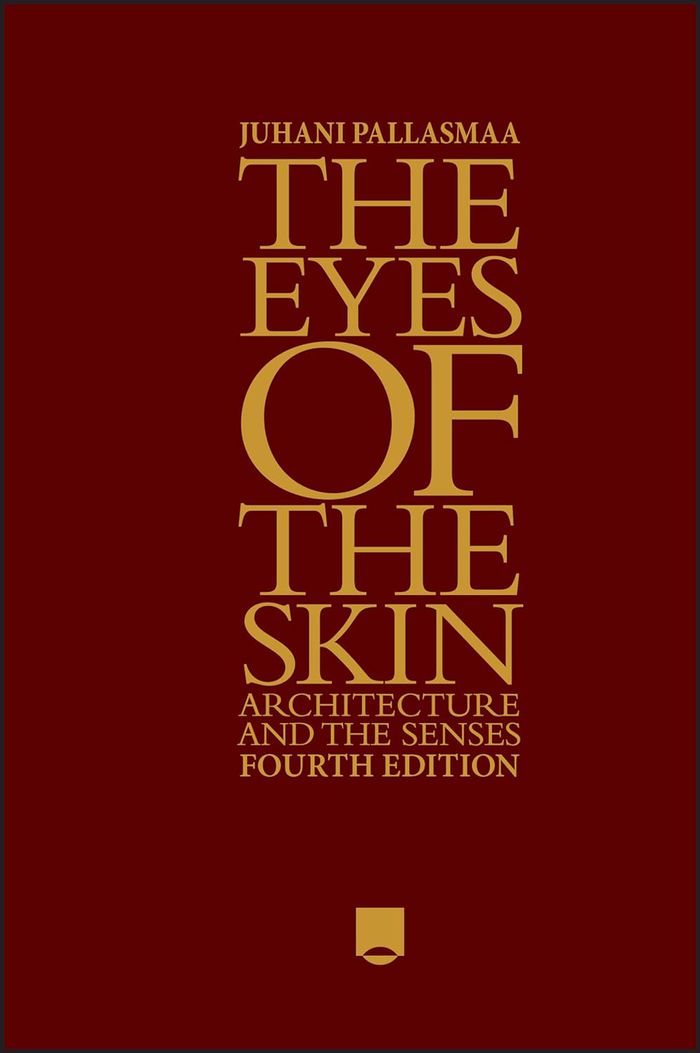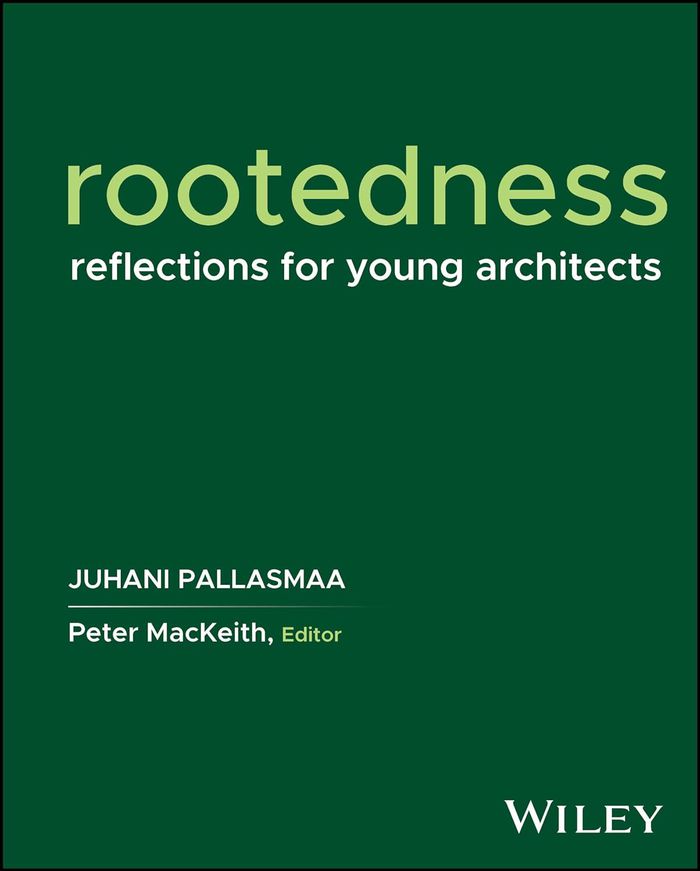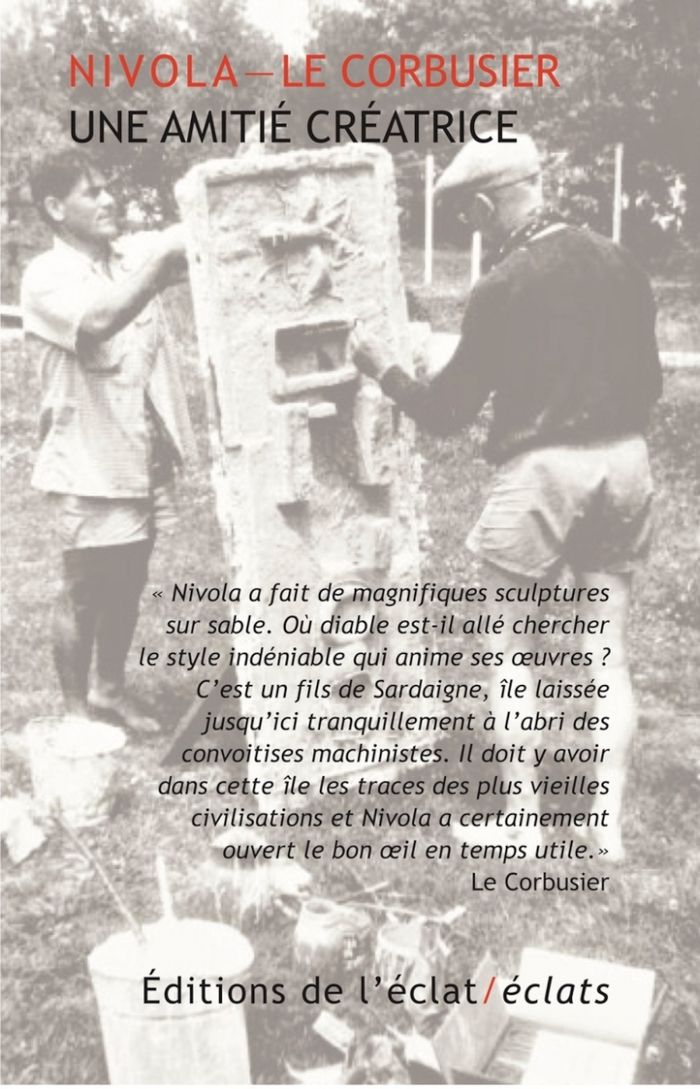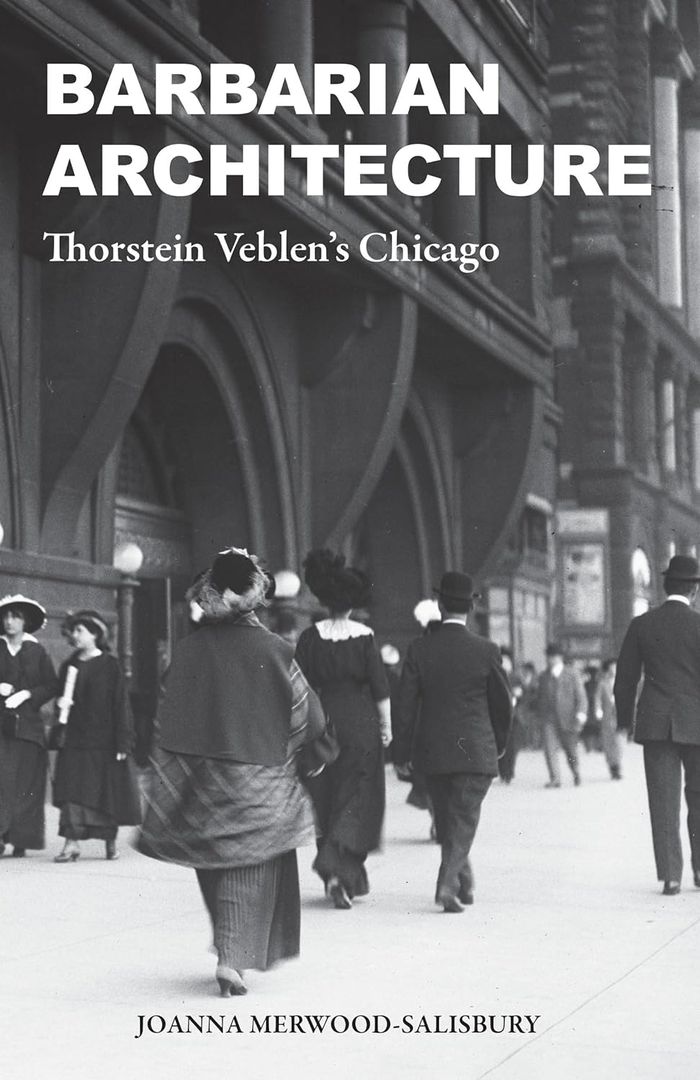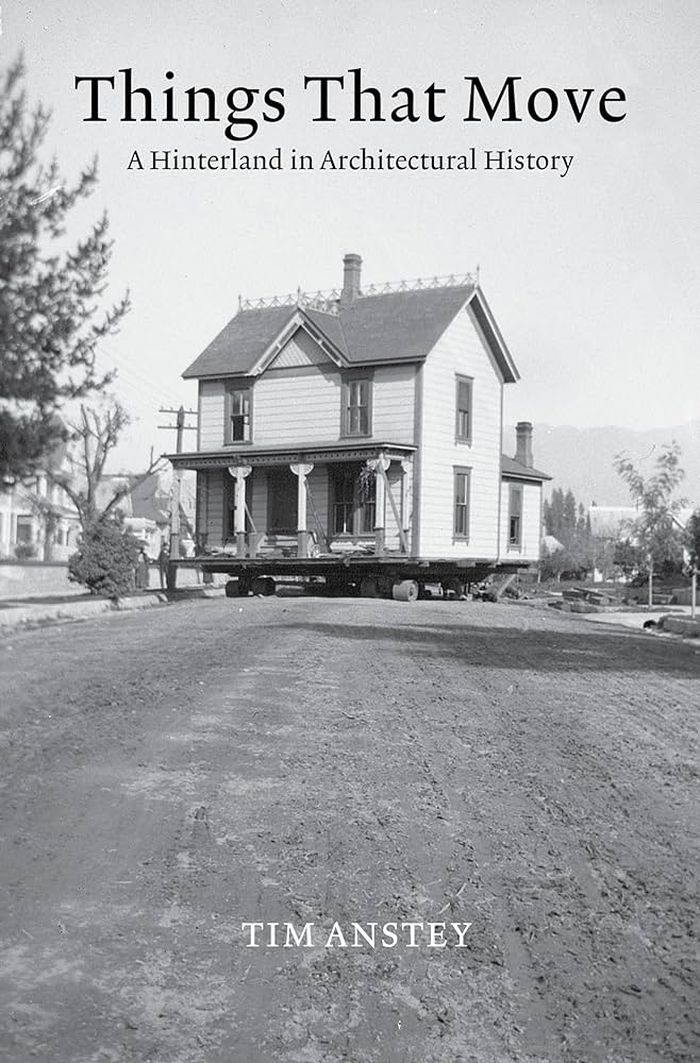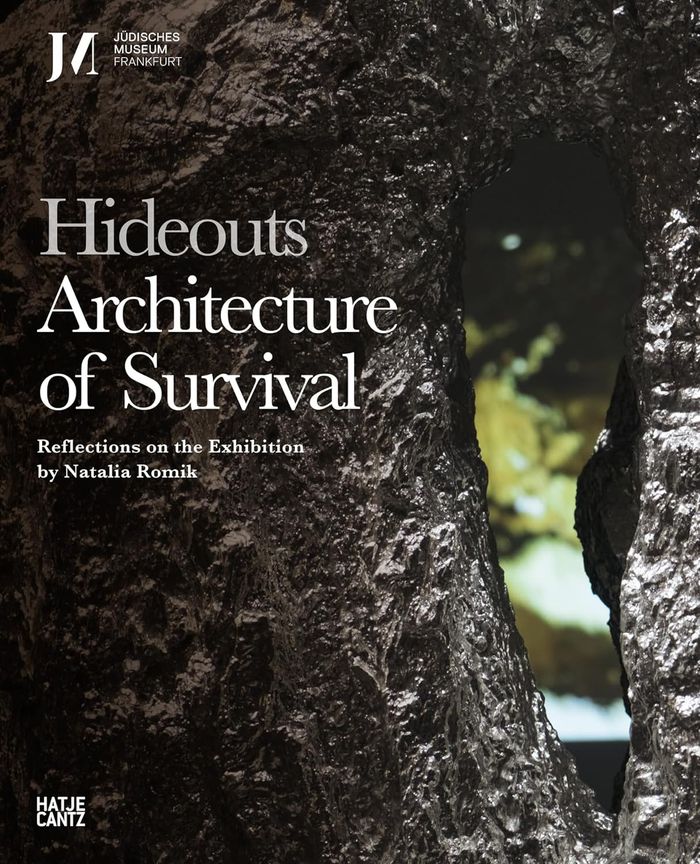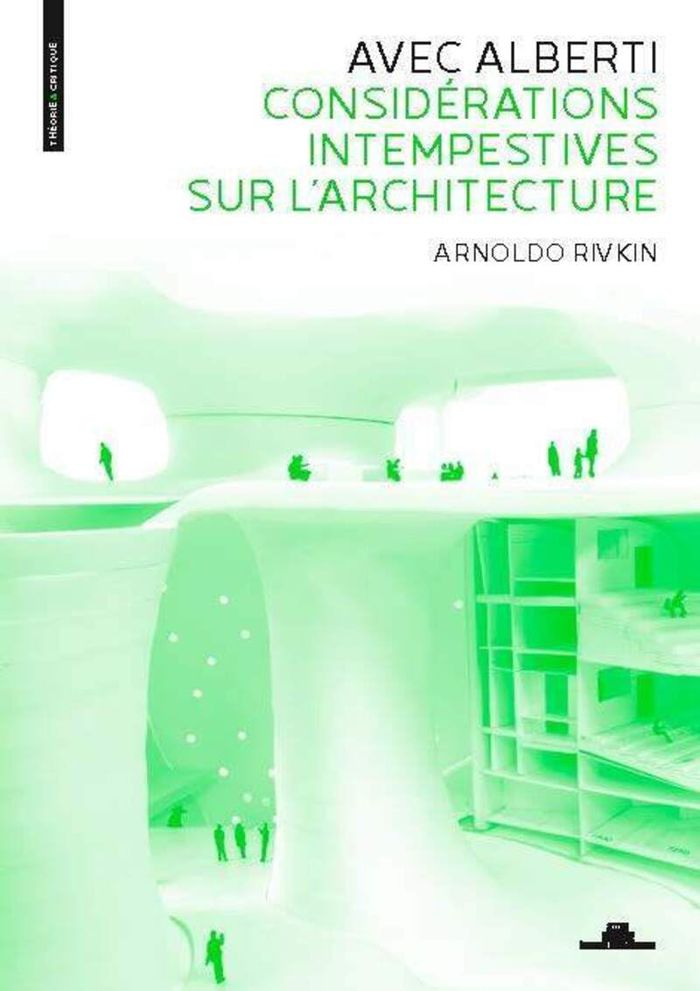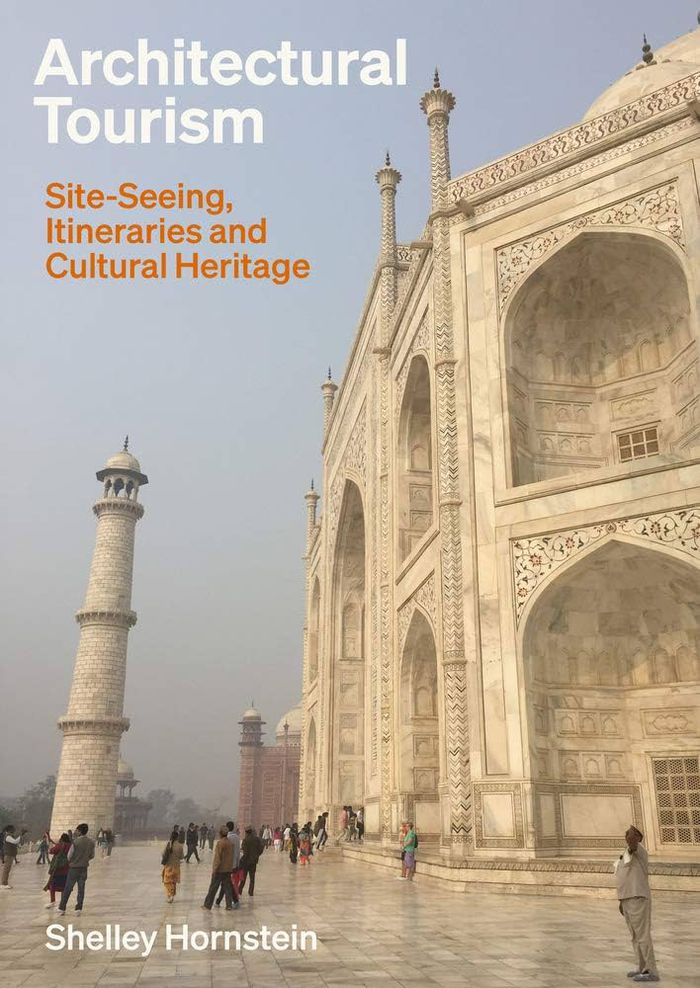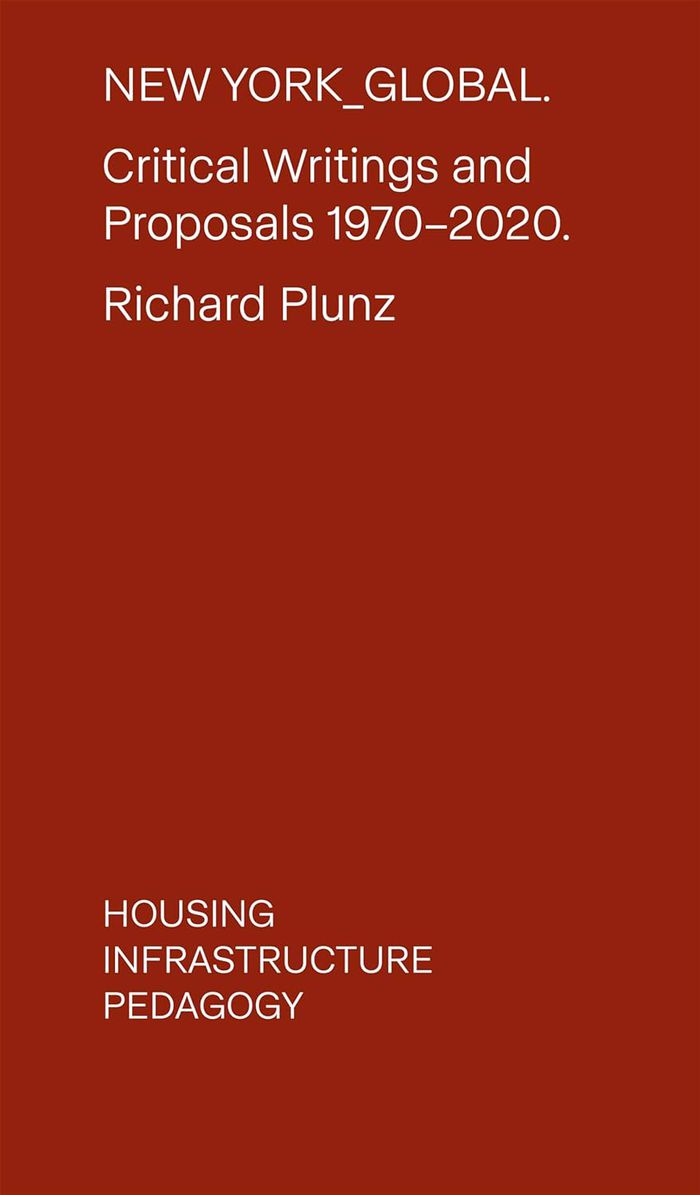$39.50
(disponible en magasin)
Résumé:
First published in 1996, "The eyes of the skin" is a classic of architectural theory. It asks the far-reaching question why, when there are five senses, is one single sense-- sight-- so predominant in architectural culture and design? With the ascendancy of the digital and the all-pervasive use of the image electronically, the subject is all the more pressing and topical(...)
The eyes of the skin, 4th edition
Actions:
Prix:
$39.50
(disponible en magasin)
Résumé:
First published in 1996, "The eyes of the skin" is a classic of architectural theory. It asks the far-reaching question why, when there are five senses, is one single sense-- sight-- so predominant in architectural culture and design? With the ascendancy of the digital and the all-pervasive use of the image electronically, the subject is all the more pressing and topical since the first edition’s publication. Juhani Pallasmaa argues that the suppression of the other four sensory realms has led to the overall impoverishment of our built environment, often diminishing the emphasis on the spatial experience of a building and architecture’s ability to inspire, engage and be wholly life enhancing. For a student reading this text for the first time, "The eyes of the skin" is a revelation. It provides a fresh, compelling insight into architectural culture which continues to inspire more than a quarter-century after its initial publication.
Théorie de l’architecture
$41.36
(disponible en magasin)
Résumé:
In "Rootedness: Reflections for young architects," Juhani Pallasmaa delivers an insightful and expansive collection of his most compelling ideas into architecture’s position among arts and culture. Pallasmaa speaks to architecture students and young professionals, discussing each topic with sincerity and openness, suggesting what can be learned from areas of culture(...)
Rootedness: Reflections for young architects
Actions:
Prix:
$41.36
(disponible en magasin)
Résumé:
In "Rootedness: Reflections for young architects," Juhani Pallasmaa delivers an insightful and expansive collection of his most compelling ideas into architecture’s position among arts and culture. Pallasmaa speaks to architecture students and young professionals, discussing each topic with sincerity and openness, suggesting what can be learned from areas of culture beyond the boundaries of familiar professional disciplines. He outlines the growing need for an architecture based in self-awareness, reconnection to the environment, and a sense of ethical responsibility. Each essay in "Rootedness" was initially conceived and presented as an educational lecture and has been carefully edited with clarifications, refinements, and valuable expansions. Accompanying sketches by the author emphasize the personal and intimate nature of the essays.
Théorie de l’architecture
$18.95
(disponible en magasin)
Résumé:
C’est le hasard qui a mis sur le chemin de Costantino Nivola, le peintre et architecte Le Corbusier dans une New York glaciale de l’hiver 1946. L’amitié, presque immédiate, qui naîtra alors dura vingt ans, jusqu’à la mort de Corbu en 1965. Ce volume présente un ensemble de textes inédits en français qui témoignent de cette amitié, mais aussi d’une proximité d’esprit ou(...)
Théorie de l’architecture
avril 2024
Nivola – Le Corbusier : Une amitié créatrice
Actions:
Prix:
$18.95
(disponible en magasin)
Résumé:
C’est le hasard qui a mis sur le chemin de Costantino Nivola, le peintre et architecte Le Corbusier dans une New York glaciale de l’hiver 1946. L’amitié, presque immédiate, qui naîtra alors dura vingt ans, jusqu’à la mort de Corbu en 1965. Ce volume présente un ensemble de textes inédits en français qui témoignent de cette amitié, mais aussi d’une proximité d’esprit ou d’une commune idée du monde qui outrepasse et renforce la relation entre le maître affirmé et son disciple indiscipliné. Placée sous le signe du soleil, l’amitié créatrice de Nivola et Le Corbusier révèle à la fois un aspect inédit du grand architecte controversé et revient sur la relation entre sculpture et architecture, au cœur de leurs réflexions respectives.
Théorie de l’architecture
$45.95
(disponible en magasin)
Résumé:
An important critic of modern culture, American economist Thorstein Veblen is best known for the concept of "conspicuous consumption," the ostentatious and wasteful display of goods in the service of social status—a term he coined in his 1899 classic "The Theory of the Leisure Class". In the field of architectural history, scholars have employed Veblen in support of a(...)
Barbarian architecture: Thorstein Veblen's Chicago
Actions:
Prix:
$45.95
(disponible en magasin)
Résumé:
An important critic of modern culture, American economist Thorstein Veblen is best known for the concept of "conspicuous consumption," the ostentatious and wasteful display of goods in the service of social status—a term he coined in his 1899 classic "The Theory of the Leisure Class". In the field of architectural history, scholars have employed Veblen in support of a wide range of arguments about modern architecture, but never has he attracted a comprehensive and critical treatment from the viewpoint of architectural history. In "Barbarian architecture", Joanna Merwood-Salisbury corrects this omission by reexamining Veblen's famous book as an original theory of modernity and situating it in a particular place and time—Chicago in the 1890s.
Théorie de l’architecture
$54.00
(disponible sur commande)
Résumé:
We tend to think of architecture as a practice in permanence, but what if we looked instead for an architecture of transience? In "Things that move," Tim Anstey does just that: rather than assuming that architecture is, at a certain level, stationary, he considers how architecture moves subjects (referring to its emotive potential in the experience it creates); how it(...)
Things that move: A hinterland in architectural history
Actions:
Prix:
$54.00
(disponible sur commande)
Résumé:
We tend to think of architecture as a practice in permanence, but what if we looked instead for an architecture of transience? In "Things that move," Tim Anstey does just that: rather than assuming that architecture is, at a certain level, stationary, he considers how architecture moves subjects (referring to its emotive potential in the experience it creates); how it moves objects (referring to how it choreographs bodies in motion); and how it is itself moved (referring to the mixture of materials, laws, affordances, and images that introduce movement into any architectural condition). The first of the book's three sections, "Cargoes," highlights the mobile peripheries of architectural history through the eighteenth and nineteenth centuries. It asks what kinds of knowledge can be included in a discussion of architecture, noting the connections between discourses of the lithe and the technical, on the one hand, and those associated with the production of monumental, static compositions on the other. The second section, “Dispatches,” reinterprets early architectural theory by examining the Renaissance ideal of decorum, the nature of the architectural work, and the ways in which architects are constituted as authors. The last part of the book, “Vehicles,” considers building in terms of literal and metaphorical movement, using two cases from the twentieth century that investigate the relationship between architecture and cultural memory. Using a broadly forensic approach to connect details in otherwise disparate cases, "Things that move" is a breathtakingly capacious architectural account that will change the way readers understand buildings, their becoming, and their significance.
Théorie de l’architecture
livres
$66.00
(disponible sur commande)
Résumé:
Although patents existed in Renaissance Italy and even in Confucian thought, it was not until the middle third of the nineteenth century that architects embraced the practice of patenting in significant numbers. Patents could ensure, as they did for architects' engineering brethren, the economic and cultural benefits afforded by exclusive intellectual property rights. But(...)
Prior art: Patents and the nature of invention in architecture
Actions:
Prix:
$66.00
(disponible sur commande)
Résumé:
Although patents existed in Renaissance Italy and even in Confucian thought, it was not until the middle third of the nineteenth century that architects embraced the practice of patenting in significant numbers. Patents could ensure, as they did for architects' engineering brethren, the economic and cultural benefits afforded by exclusive intellectual property rights. But patent culture was never directly translatable to the field of architecture, which tended to negotiate issues of technological innovation in the context of the more abstract issues of artistic influence and formal expression. In "Prior art," scholar Peter Christensen offers the first full-scale monographic treatment of this complex relationship between art and invention.
livres
mai 2024
Théorie de l’architecture
$65.00
(disponible en magasin)
Résumé:
During the Holocaust, approximately 50,000 Jews survived in occupied Poland and Ukraine by seeking shelter in unlikely hiding spots. Driven by necessity, they were forced to take refuge in unexpected and inhospitable spaces such as tree hollows, closets, basements or sewers—remaining there for hours, days and sometimes even months. Architect, scholar and artist Natalia(...)
Théorie de l’architecture
avril 2024
Hideouts: Architecture of survival
Actions:
Prix:
$65.00
(disponible en magasin)
Résumé:
During the Holocaust, approximately 50,000 Jews survived in occupied Poland and Ukraine by seeking shelter in unlikely hiding spots. Driven by necessity, they were forced to take refuge in unexpected and inhospitable spaces such as tree hollows, closets, basements or sewers—remaining there for hours, days and sometimes even months. Architect, scholar and artist Natalia Romik has identified and studied several such hideouts that still exist today. Her research accentuates the material and spatial dimensions of living in hiding, gathering the evidence of vernacular architectural creativity employed under life-threatening conditions. Romik views hideouts as concealed monuments to the ingenuity of Holocaust survivors and their helpers. This interdisciplinary catalog makes tangible the fragile physical reality of these places and addresses the fundamental question of the function of architecture in relation to the history of violence and our culture of commemoration.
Théorie de l’architecture
$58.95
(disponible en magasin)
Résumé:
Afin de faire face à l'évolution du métier et de ses enjeux, l'architecte et théoricien prône une relecture des textes fondateurs de la discipline au premier rang desquels De re aedificatoria d'Alberti, traité majeur pour l'architecture de la Renaissance. Sont examinées trois notions interdépendantes et clés d'Alberti, la région, l'aire et la partition, et leurs usages à(...)
Avec Alberti : Considérations intempestives sur l'architecture
Actions:
Prix:
$58.95
(disponible en magasin)
Résumé:
Afin de faire face à l'évolution du métier et de ses enjeux, l'architecte et théoricien prône une relecture des textes fondateurs de la discipline au premier rang desquels De re aedificatoria d'Alberti, traité majeur pour l'architecture de la Renaissance. Sont examinées trois notions interdépendantes et clés d'Alberti, la région, l'aire et la partition, et leurs usages à travers les siècles.
Théorie de l’architecture
$134.99
(disponible en magasin)
Résumé:
Since the era of pre-industrial religious pilgrimages, architecture has beckoned travellers. This book charts the relationship, and even the entanglement, between architecture and tourism. It reveals how architecture is always tied to its physical site, yet is transportable in our imagination—and into the virtual spheres of social media and armchair travel. Illustrated(...)
Architectural tourism: Monumental Itineraries, Cultural Heritage, and Sites of memory
Actions:
Prix:
$134.99
(disponible en magasin)
Résumé:
Since the era of pre-industrial religious pilgrimages, architecture has beckoned travellers. This book charts the relationship, and even the entanglement, between architecture and tourism. It reveals how architecture is always tied to its physical site, yet is transportable in our imagination—and into the virtual spheres of social media and armchair travel. Illustrated with a range of studies of key buildings from history and the present-day, the book engagingly sheds light on topics such as the culture of ruins, the evolution of how tourists capture images of places, the rise of the designer museum, and architecture on television, film, and in other media. It asks why architectural monuments and buildings attract and compel us to visit, why we feel the need to understand cities through architectural sites such as museums, historic sites, and monuments, and how national identity is galvanised through its architecture and tourism. Sightseeing is, whether virtual or actual, site-seeing.
Théorie de l’architecture
New York global: Critical writings and proposals 1970-2020. Housing, infrastructure, pedagogy
$64.00
(disponible sur commande)
Résumé:
Framed by the period of the Great Acceleration, these writings and projects represent a critical commentary on the state of architecture and urbanism and their causal role in global metamorphosis. On the eve of Plunz’s status as Emeritus at Columbia University, "New York global" bridges five decades of his pedagogical commitment to question the cannons of the design(...)
New York global: Critical writings and proposals 1970-2020. Housing, infrastructure, pedagogy
Actions:
Prix:
$64.00
(disponible sur commande)
Résumé:
Framed by the period of the Great Acceleration, these writings and projects represent a critical commentary on the state of architecture and urbanism and their causal role in global metamorphosis. On the eve of Plunz’s status as Emeritus at Columbia University, "New York global" bridges five decades of his pedagogical commitment to question the cannons of the design and urbanism fields and their relationship to the contemporary built environment. Global urbanization serves as a backdrop for a heightened consideration of the intermingling of housing, infrastructure, and pedagogy, as he negotiates the evolution of mainstream theory and praxis in architecture and planning. Through interviews, syllabi excerpts, essays, discussions, and projects, New York City is projected as a lens for understanding the potential for metropolises everywhere to serve as firewalls against dystopic social inequities and ecological adversity. In questioning the discourse surrounding urban research and action, Plunz engages with the primordial question of "urban" itself. This book is not a cautionary tale, but rather an assemblage of timestamped evidence toward understanding our current condition. Closely studying the very tools that have fostered today’s environmental and societal consequences, each segment contributes to understanding engagement with a post-accelerated future.
Théorie de l’architecture
